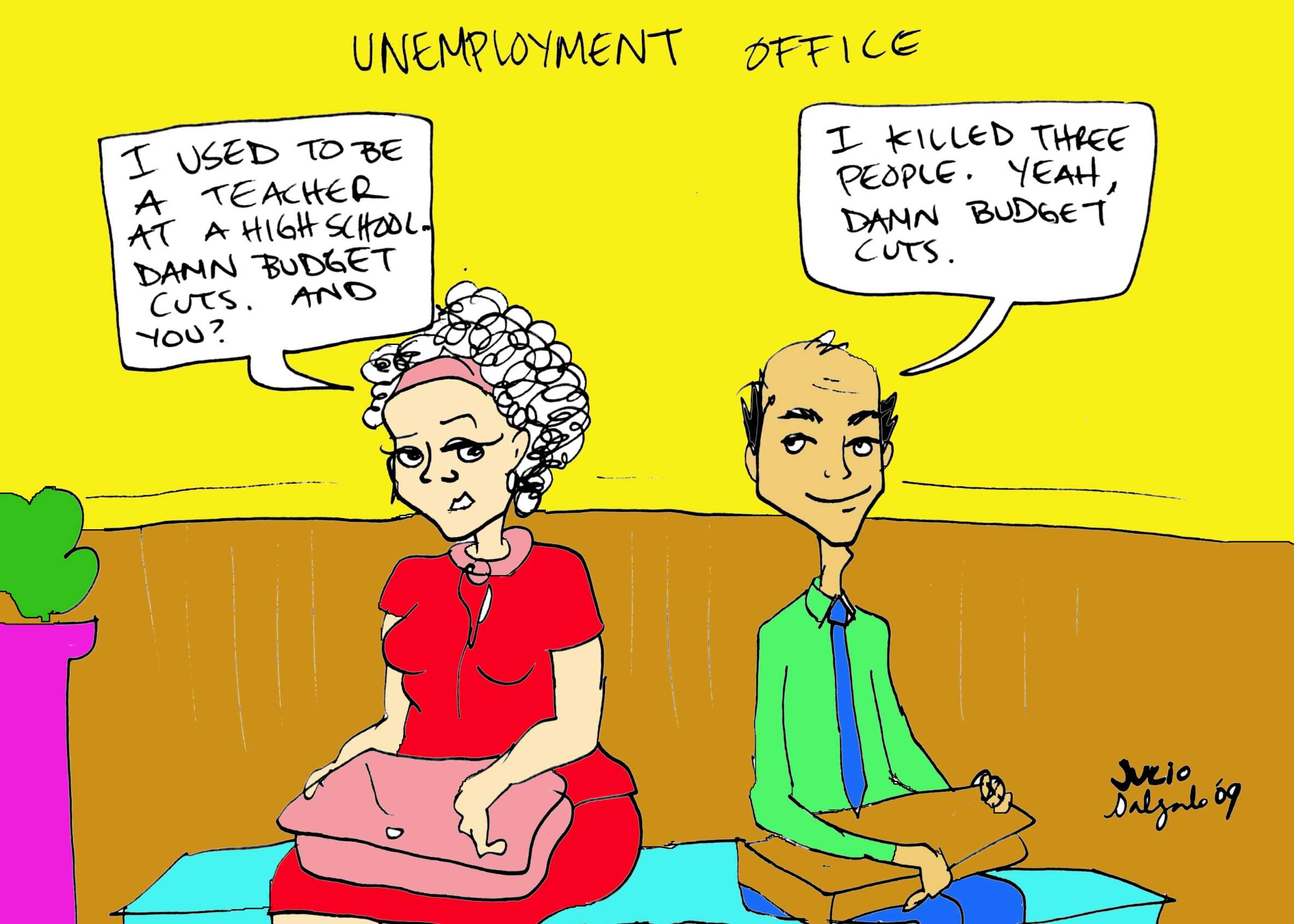California is sick. We’re not talking about the potential for swine flu or the current economy. Well, take that back; our rant does have a lot to do with our ailing economy. The connection is peripheral, though.
Because our state finances are so screwed up, Gov. Arnold Schwarzenegger wants to implement early release for about 27,000 prisoners being held in the state’s overpopulated prison system.
Because we’ve opined on the need for prison reform and all of its financial benefits in past editorials, we’re not ashamed to admit the acting governor/governing actor agrees with us on this one, even if his proposal comes a bit late in the budget negotiation game.
California has one of the highest dollars-per-prisoner spending habits in the nation. Our “lock ‘em up and throw away the key” addiction consumes more than 10 percent of the state’s general operating budget.
Our state currently spends more on prison than it does on higher education, yet nobody in the Legislature wants to take a stand.
Republicans are afraid they will lose votes in prison communities where many corrections department employees live. After all corrections officers tend to vote the conservative bloc.
Democrats, especially those trying to hold Assembly seats or seek higher offices in the next election rotation, refuse to budge for fear of being seen as soft on crime.
It’s the same stalemate we witnessed during the budget negotiating fiasco that saw our economy plunge deeper into the hole because none of our elected leaders wanted to actually barter.
Releasing low-priority, nonviolent offenders makes financial sense. Michigan is the only state that spends more on prisons than us. Tough-on-crime initiatives between 2000 and 2008 more than doubled our state expenditures to $10.8 billion, or about an estimated one-fourth of this year’s entire deficit.
During the past quarter of a century, California has built 24 new prisons and only one research university.
Schwarzenegger’s plan to cut $1.2 billion from prison spending would involve a combined strategy of moving the 27,000 prisoners into county jails, placing many in home detention with monitoring devices, or releasing short-timers altogether.
We need to take it a few steps further. Releasing prisoners with terminal diseases would vastly reduce the obligation of providing expensive health care, the major reason the state’s prison system has been in federal receivership for the past few years. Over the past seven years, California’s expenses for prison health care have more than quadrupled from $680 million in 2001 to $3 billion in 2008.
To remove the burden, the state could reduce penalties for nonviolent crimes and allow convicts to be housed at the county jail in the community they committed their crime in.
The residual impacts would be enormous. Because the current prison population is disproportionately minorities, large numbers of urban youth grow up with only one parent in the household. Black males were incarcerated in state prisons at a rate of 5,125 per 100,000 adults in 2008, according to multiple studies. Latino males, the largest prison population, now makes up 38 percent of the total state prison population.
The state spends more than $4,000 per year just to lock each prisoner in a cell. Rehabilitation is virtually nonexistent, allowing for an immense rate of recidivism, estimated by some experts to be about 75 percent.
Contact your state representatives and let them know that spending more on prisons than on education is unacceptable.
Crime reigns where poverty roosts and we will see more of each until we force our stubborn leadership into making more appropriate investments in our future. It’s time to end the illness associated with keeping honest residents shackled to a prison system that no longer works in protecting our freedoms.




